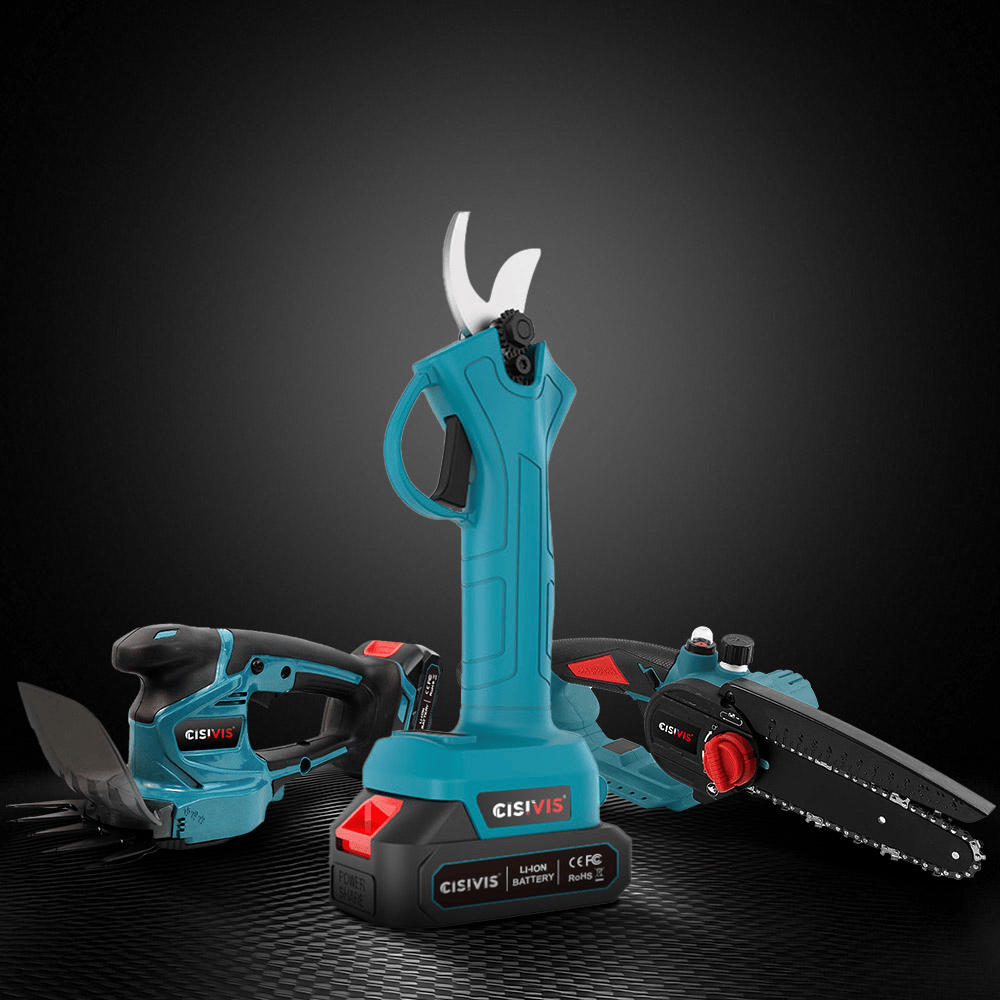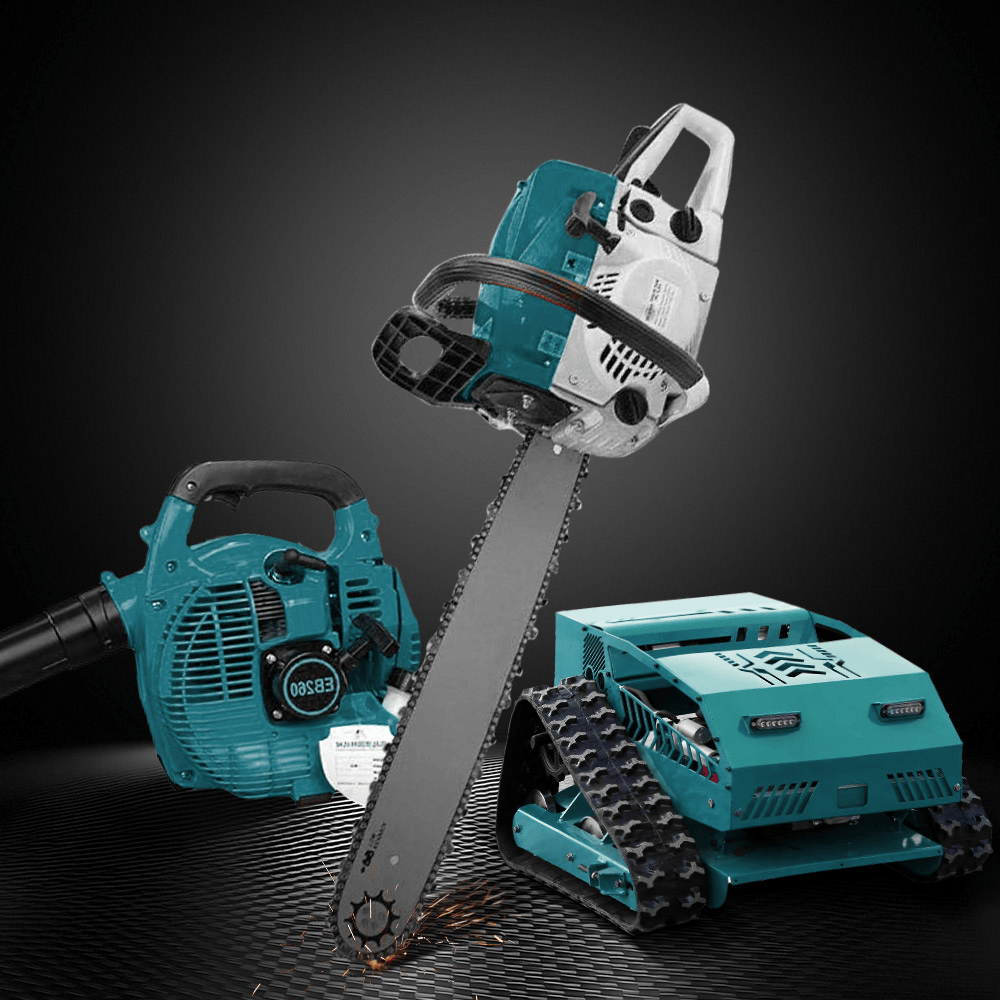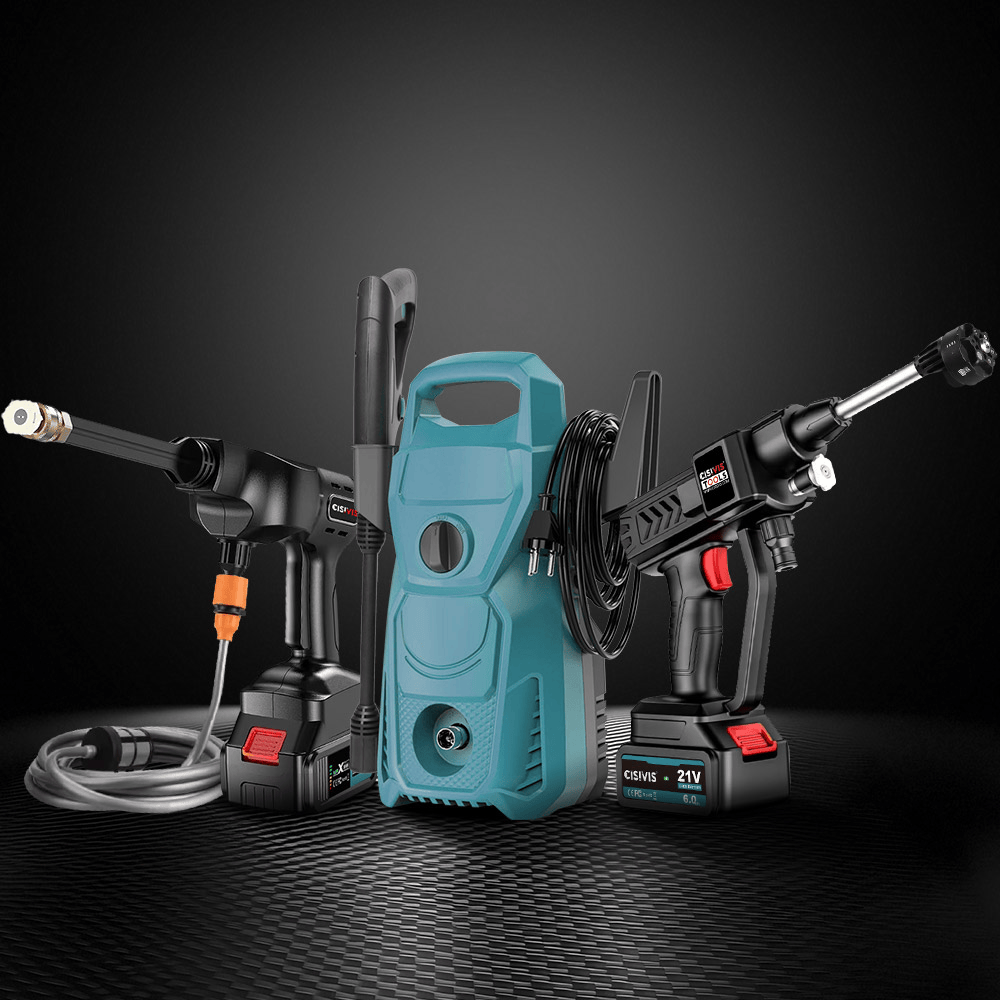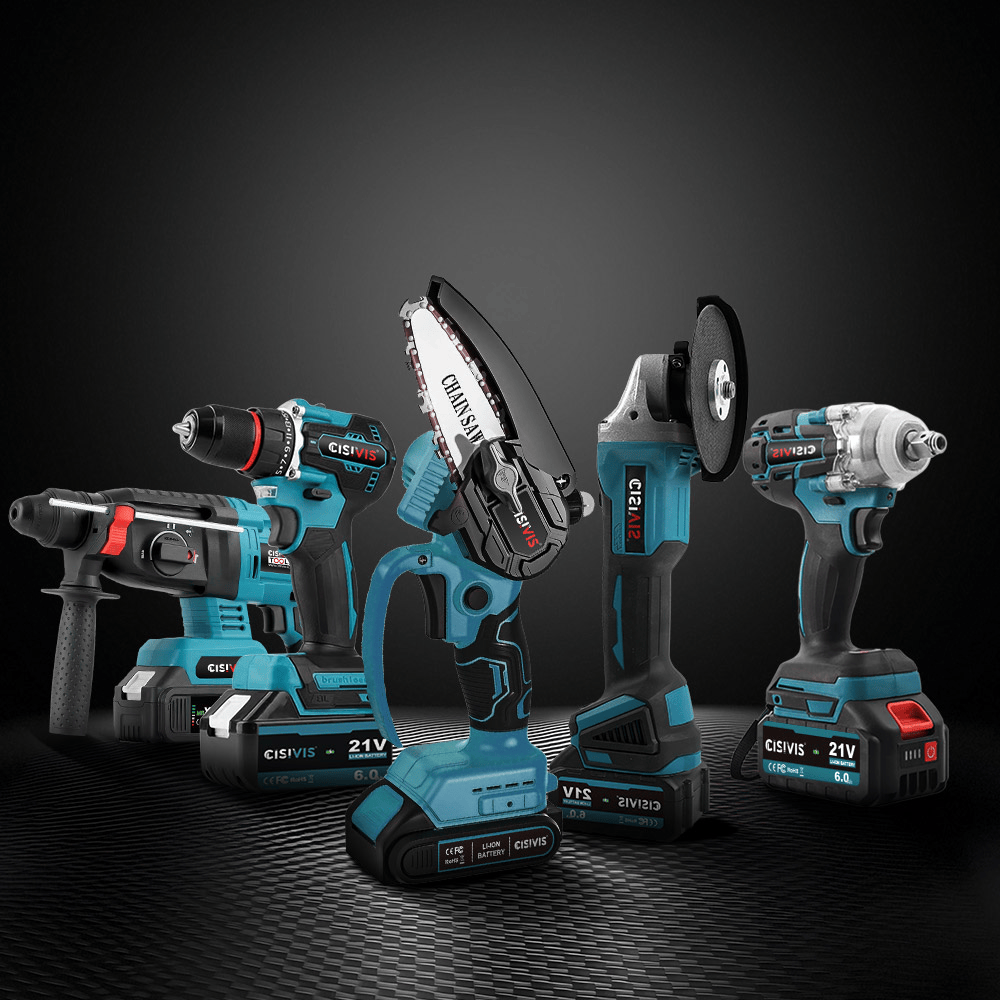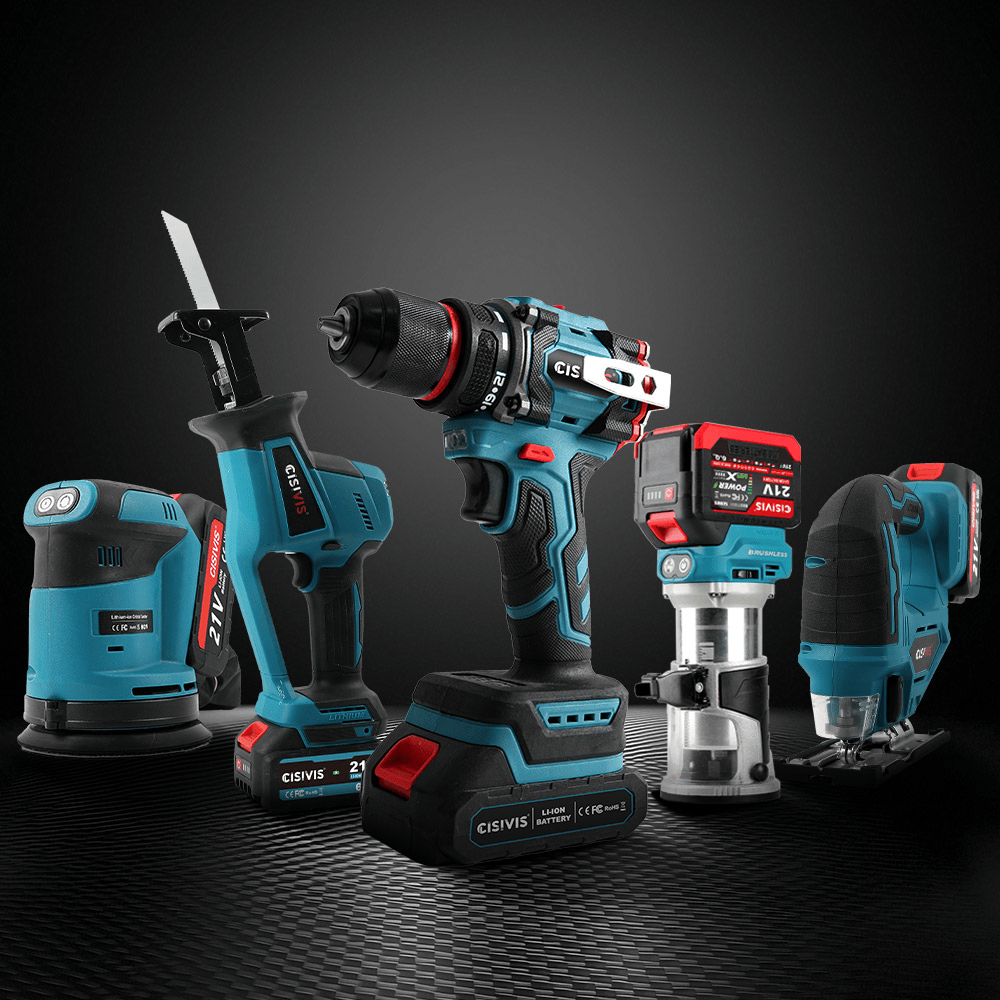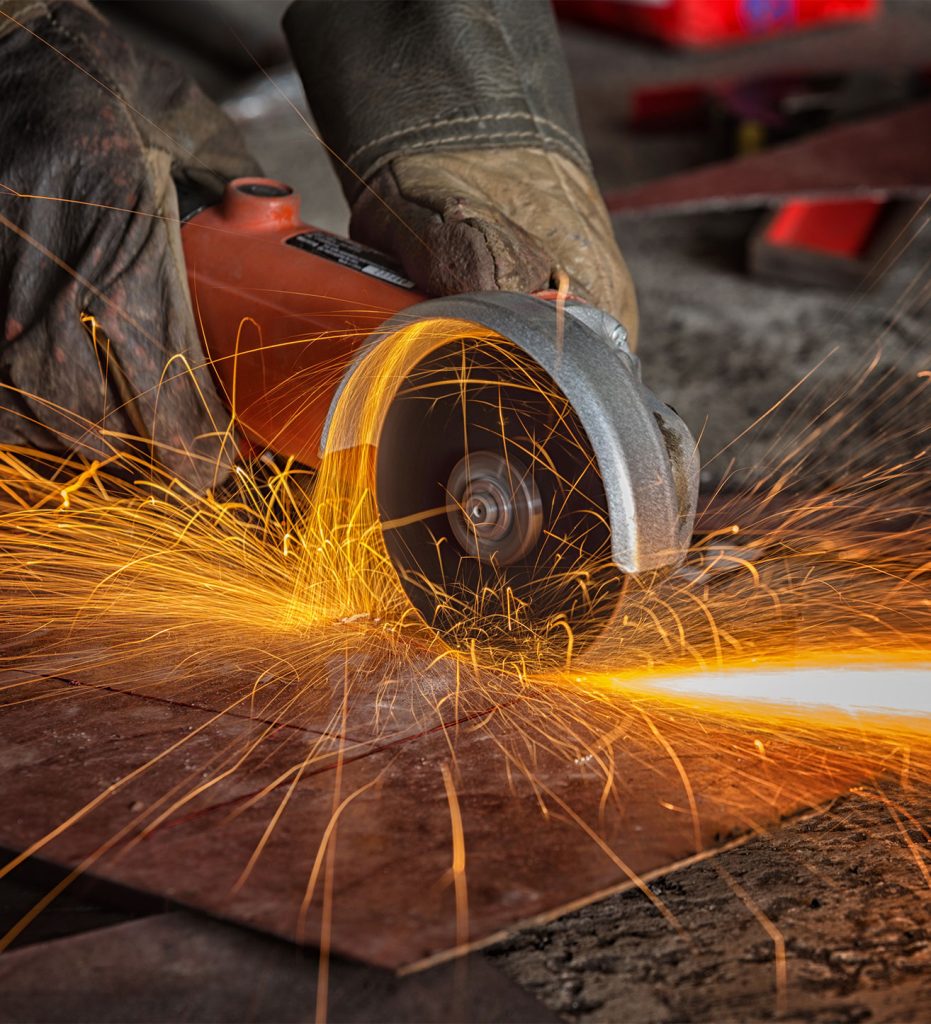- Cordless Drill
- Cordless Impact Drill
- Cordless Impact Wrench
- Cordless Ratchet Wrench
- Cordless Impact Driver
- Cordless Screwdriver
- Cordless Hammer Drill
- Cordless Angle Grinder
- Cordless Circular Saw
- Cordless JigSaw
- Reciprocating Saw
- Laser Level
- Cordless Polishers
- Cordless Pressure Washer
- Cordless Heat Gun
- Cordless Spray Gun
- Lithium Battery & Charger
- Power Tool Set
Chainsaw Sharpener Basics: Choosing, Using & Maintaining One

Keeping a chainsaw chain sharp is essential for smooth, efficient cutting. A dull chain can slow down work, increase wear on the motor, and even pose safety risks. One of the tools that help maintain cutting performance is a chainsaw sharpener, which comes in manual and electric varieties. This guide will explain types of sharpeners, how to use them safely, and tips to maintain them for long-lasting performance.
What Is a Chainsaw Sharpener?
A chainsaw sharpener is a tool designed to restore the cutting edges of the chain teeth. By removing a small amount of metal from each tooth, the sharpener maintains efficient cutting and reduces the risk of kickback.
- Manual sharpeners rely on a hand file or guide.
- Electric sharpeners are powered, often offering adjustable angles and faster results.
- Professional or industrial models provide precision for high-volume operations.
A sharpener doesn’t replace proper chain care—keeping the chain clean, lubricated, and tensioned correctly is still essential.
Types of Chainsaw Sharpeners
Understanding the types of sharpeners helps you select one that fits your workflow.
Manual Chainsaw Sharpeners
- Require a round file and guide
- Portable and lightweight
- Ideal for occasional or on-site sharpening
🔗[ How to hand sharpen a chainsaw →]
2.2 Electric Chainsaw Sharpeners

- Powered devices for quick, consistent sharpening
- Adjustable angles and depths
- Suitable for workshops or frequent use
🔗[More about electric chainsaw sharpening →]
Professional or Bench-Mounted Models
- High precision for industrial users
- Often support multiple chain types
- Best for contractors or sawmill operations
How to Choose the Right Chainsaw Sharpener
Selecting the right sharpener depends on several factors:
- Chain Compatibility: Match the pitch and gauge of your chainsaw chain.
- Sharpening Angle: Check the range of angle adjustment. Most chains need 25–35°.
- Portability vs Power: Manual tools are portable; electric sharpeners are faster and more precise.
- Durability: Consider materials and build quality for long-term use.
- User Experience: Ease of setup and maintenance matters for daily tasks.
Choosing wisely saves time, reduces chain wear, and improves cutting efficiency.
How to Maintain and Clean Your Chainsaw Sharpener
Regular maintenance ensures your sharpener stays accurate and safe:
- Clean after each use: Remove metal filings and debris.
- Check guides and clamps: Ensure nothing is loose.
- Lubricate moving parts: Prevent rust and reduce wear.
- Replace worn wheels or files: Dull sharpening components reduce effectiveness.
Proper upkeep extends the life of both the sharpener and the chainsaw chain.
Safety Tips When Using a Chainsaw Sharpener
Safety is critical when working with any sharpening tool:
- Always wear protective gloves and eye protection.
- Secure the chain in a clamp or guide to prevent slips.
- Follow the manufacturer’s instructions for angle and depth adjustments.
- Disconnect electric sharpeners from power when adjusting or cleaning.
Following safety protocols reduces the risk of injury and ensures consistent results.
When to Replace or Upgrade Your Sharpener
Even with proper care, sharpeners eventually wear out:
- Grinding wheels or files become uneven or damaged.
- Angle guides no longer hold correctly.
- Newer models offer more precise or faster sharpening options.

If your current sharpener is no longer reliable, consider upgrading. For users looking to maintain high-performance chainsaws with minimal downtime, check out the CISIVIS Cordless Chainsaw for durable, easy-to-maintain chains.
FAQS
Q: How often should you use a chainsaw sharpener?
A: When the saw starts producing fine dust instead of wood chips, or cuts slowly. Frequency depends on usage.
Q: Can one sharpener fit all chains?
A: No. Always check chain pitch and gauge compatibility.
Q: What’s the difference between a grinder and a sharpener?
A: A grinder is a general tool; a chainsaw sharpener is designed for precise, consistent tooth angles.
Q: Is an electric sharpener better than a manual one?
A: It depends on your needs. Electric sharpeners are faster and more consistent, while manual tools offer portability and low cost.
Conclusion
Choosing the right chainsaw sharpener, understanding its types, and maintaining it properly can keep your chainsaw cutting efficiently and safely. Manual or electric, portable or bench-mounted, a reliable sharpener makes a significant difference in chain life and cutting performance.
With regular care, you’ll spend less time filing chains, reduce wear on your saw, and maintain consistent cutting power.
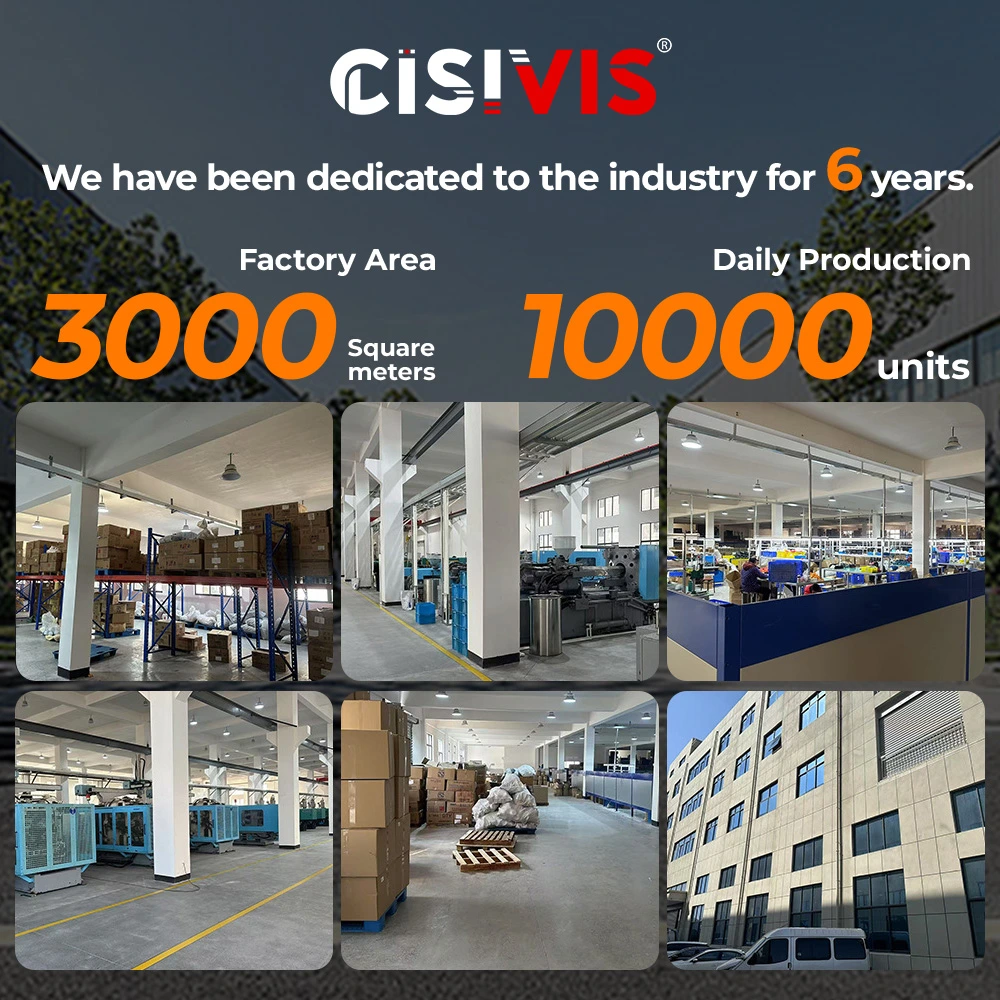
WHY YOU CAN TRUST CISIVIS
CISIVIS has over 6 years of experience in power tool R&D, delivering high-quality solutions worldwide. Our 3,000 m² factory, equipped with advanced machinery and strict quality control, ensures precision, efficiency, and a daily output of over 10,000 units for reliable bulk order fulfillment.
Our product portfolio includes a full range of power tools, including cordless drills, impact drills, impact wrenches, angle grinders, circular saws, jigsaws, chainsaws, lawn mowers, car washers, laser levels, cordless trimmers, polishers, paint sprayers, heat guns, and more. We also offer OEM/ODM services to meet diverse market needs.



